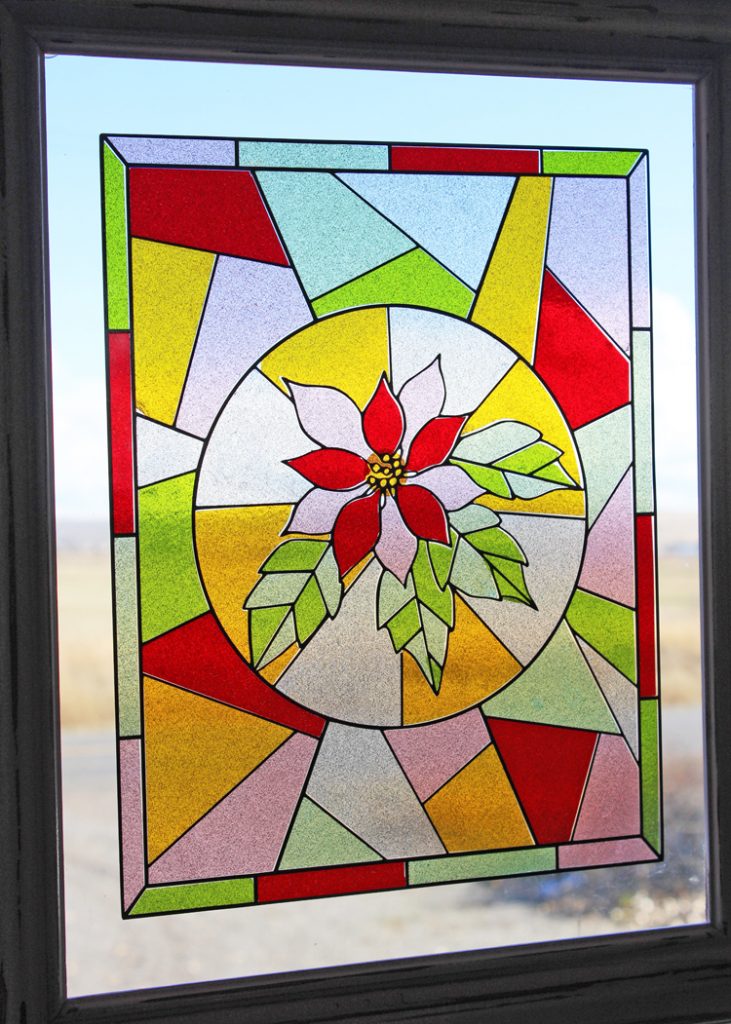
Larger areas of the cut circle may need to have some smaller shapes added. Tape Acetate to the paper - and follow instructions above.

Open cut circle and tape onto printed complete circle - rotate around to see how design looks best. (like a snow flake only 1/8 instead of 1/6) Make some interesting scissor cuts along the folds - and a little from the arc edge. Students cut out one circle and then fold into 1/8 wedges. Give students the printed 8 inch circle and one circle printed on a contrasting paper (any color will do).

Outline the complete pie shape with black permanent markers - or the black puffy paint. Tape the Acetate to the paper with the circle printed. Line up the ¼ circle design to the printed circle - paper clip in place. Open the wedge up and see how the image is the same but opposite - a reflection Outline the other image withįine point marker too. Image or reflection - a line of symmetry. Of the pie wedge - keeping the paper folded.

Transfer the same design to the other side ĭraw personal symbols within that 1/8 pie wedge (keep simple) Outline with permanent marker.Students will fold the ¼ circle along the diagonal. Give each student a complete circle and one ¼ pie wedge. Have aĭouble line going around the circle on the complete circle, if desired, to add a narrow framing effect. With some extra ones to cut up into fourths (make plenty of extras). Method one: Personal Symbolism - Rose window ( See radial design lesson plan)ĭraw an eight inch circle on 8 ½ x 11 (21.6 x 28 cm) paper - divide into eight equal pie wedges (use protractor and ruler - each pie These methods still teach line of symmetry, radial symmetry, reflection and rotation - all math concepts. Talk to your math teachers to see if they want to teach those skills. The hard way involves using Compasses and Protractor with the students and would be more time consuming. Work from the center out to avoid smearing the lines already drawn. Add the black "leading" using the puff paint. Small strokes work better than large scribbles.Ħ. Color the design on the Acetate using the colored sharpie markers. Lay the sheet of Acetate over the drawing and trace using the black marker.ĥ. Plan the colors for the design using Crayons, marker, or Colored Pencils. Break up the background to resemble smaller pieces of glass, but make none smaller than one inch.Ĥ. This will be the exact size of the finished project. Create a simple, yet realistic drawing on the white paper, using the space wisely. Introduce the craft of stained glass making and show examples.Ģ. Learn about the stained glass of the middle agesġ. īe introduced to new art vocations (comp.Įxplore a variety of materials to achieve greater expression (comp.

Show realism by drawing nature - giving more attention to the elements of art & principles of design (comprehensive arts grade 5 # 4)


 0 kommentar(er)
0 kommentar(er)
